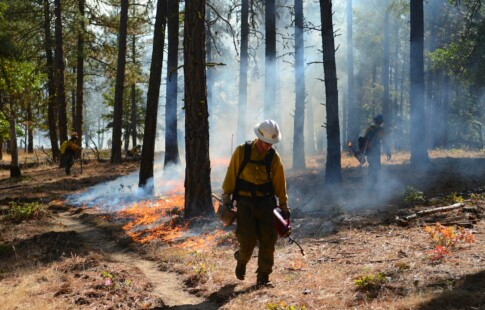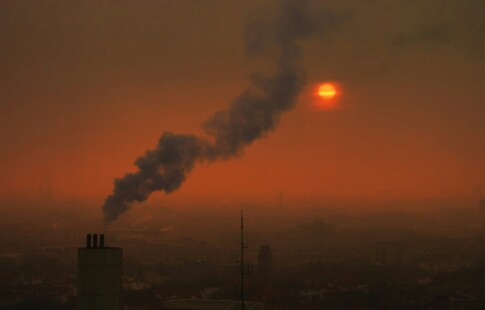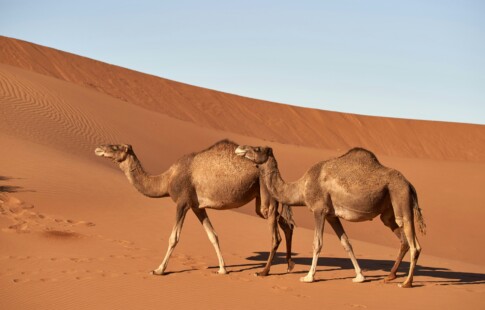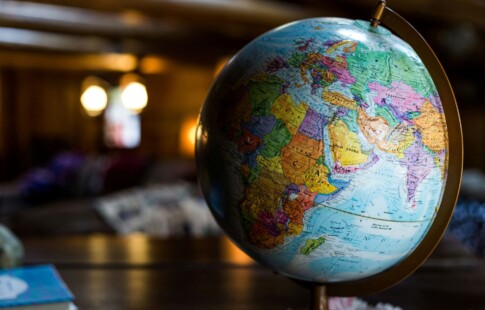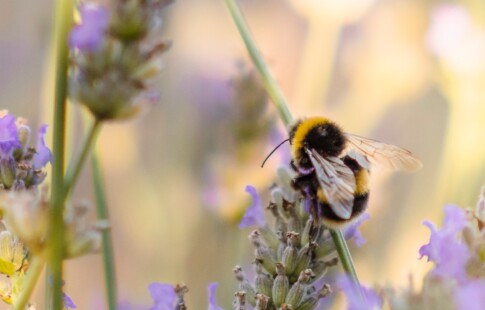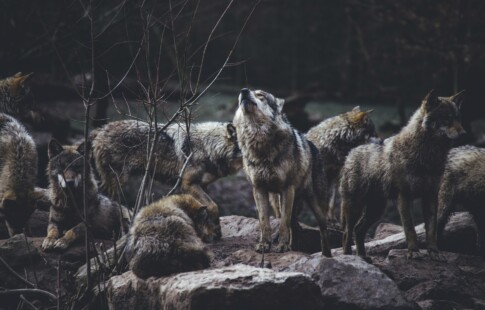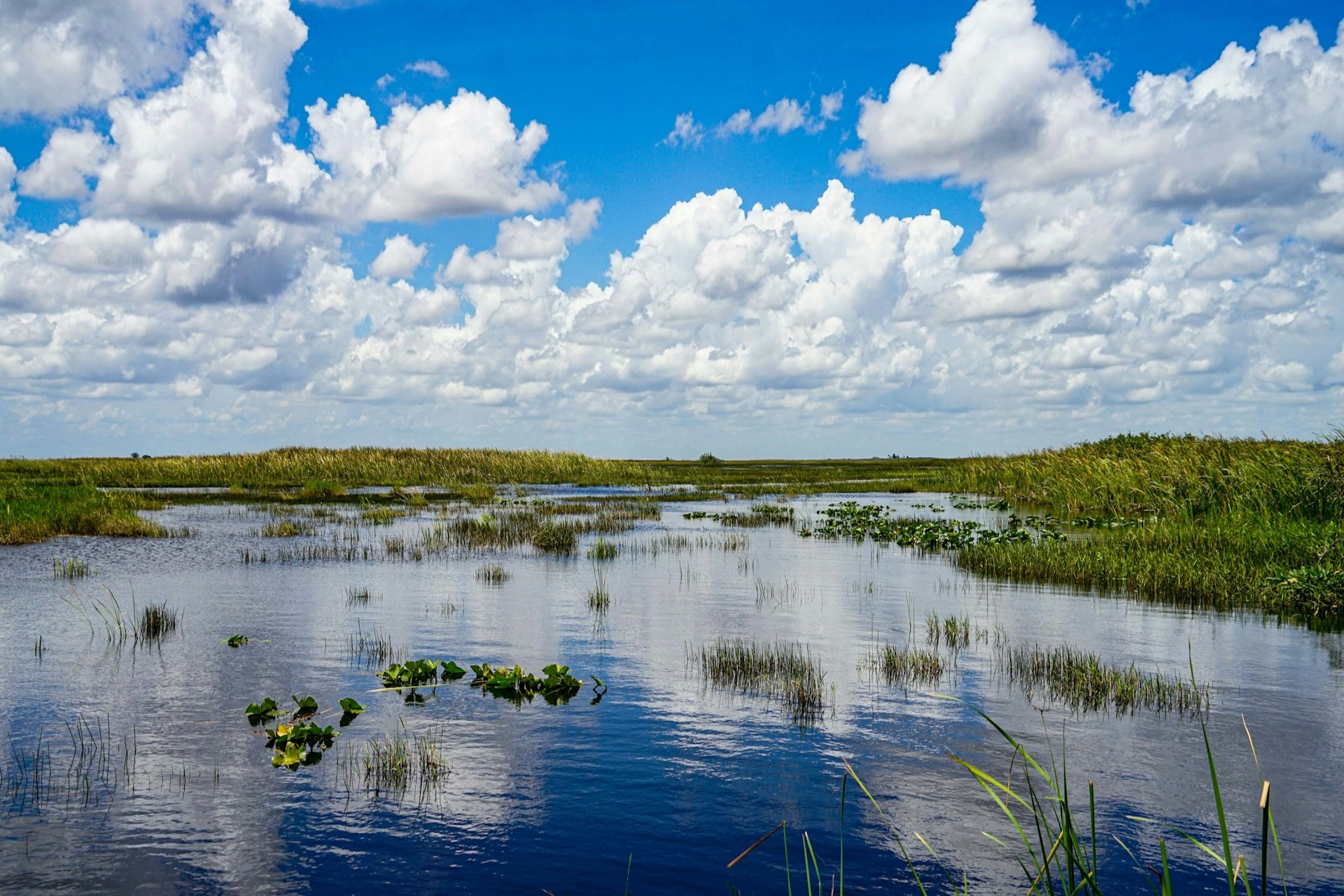
From Bogs to Swamps: Different Types of Wetlands and Why They Matter
We are reader-supported. When you buy through links on our site, we may earn affiliate commission.
Wetlands support rich biodiversity, flood and erosion control, environmental services and water filtration. However, different types of wetlands have distinct hydrologic patterns and functions that set them apart. Discover what makes these saturated ecosystems so special and the threats they face today.
What Is a Wetland?
The U.S. Army Corps of Engineers defines wetlands as vegetated areas inundated or saturated by surface and groundwater. They are typically covered with water for 14 to 21 days during the wet season, with plants that thrive in the moist soil conditions. Some wetlands are dry for part of the year or don’t appear drenched from a distance.
There are more than 2,500 wetlands worldwide, spanning over 2.5 million square kilometers. Some of the most renowned wetlands in the United States are Everglades National Park in Florida, Atchafalaya Basin in Louisiana, and the Great Dismal Swamp in Virginia. These places boast thriving biodiversity and critical ecological and cultural importance.
Exploring 4 Important Types of Wetlands
The scientific community refers to various classification systems for different types of wetlands. However, the Cowardin system — most commonly used by the U.S. Fish and Wildlife — divides wetlands into four categories, which can be further classified based on their positioning, vegetation cover and hydrologic flow.
1. Bogs
Bogs are characterized by their acidic, nutrient-deficient water and spongy peat. The peat deposits are a culmination of decayed plant matter, such as sphagnum moss, haircap, fern, and pocket.
Conditions are harsh in these environments, mainly since bogs can be found in cooler, wet climates, such as the flat uplands and glacial depressions of the Northern Territories of Canada. An array of unique flora and fauna live here, from carnivorous sundews and black spruce to bears, otters and porcupines.
2. Swamps
Swamp wetlands are saltwater or freshwater areas comprised of woody plants, including forested Red Maple, bottomland hardwood forests and slow-flowing Southeastern rivers. The soils in these ecosystems become saturated during the growing season and stagnant at various points throughout the year.
Because the soil is so nutrient-dense, they often become thick and black — ideal conditions for water-tolerant trees like cypress and Tupelo. Many swamps also have a lot of shrubbery and provide habitat for various fish, avian species, plants and freshwater invertebrates. Threatened and endangered species like the American crocodile depend on swamps for survival — South Florida is the northern limit for their distribution.
3. Marshes
Tidal and nontidal marshes are consistently inundated with water and comprise well-adapted, soft-stem plants. Marshes exist in coastal and inland areas and are either freshwater or saltwater.
These types of wetlands provide habitat for 75% of fisheries, including blue crab and shrimp. Salt marshes, in particular, protect shorelines from erosion by hindering waves and promoting sedimentation. They also absorb rainwater and filter runoff to quell flooding impacts.
4. Fens
Fens are similar to bogs, but unlike their highly acidic counterparts, their hydrologic makeup is alkaline and mineral-rich. Also, while bogs receive rainwater as their primary source of saturation, fens receive water from streams, springs and stormwater runoff. This boosts pH and nutrient density, sustaining wide-ranging plant and animal life.
Why Wetlands Matter
Although wetlands cover only 6% of the global land, 40% of all plant and animal species depend on them for life. This rich biodiversity is critical for the world’s food supply, economy and recreation. They deliver essential environmental services, including water purification, soil erosion management, and flood control, while over 1 billion people depend on them for their livelihoods.
Wetlands also absorb immense amounts of atmospheric carbon dioxide (CO2) emissions, making them champions in the fight against climate change. According to one study, they store over 20% of all CO2 emissions absorbed by the Earth’s ecosystems.
Additionally, over one-third of endangered species depend on wetlands for their survival. The more development and habitat loss occur, the closer these species inch toward extinction, something many have witnessed with animals like the Florida manatee.
Threats Facing Wetland Ecosystems
Roads and dams block natural water and tidal flow patterns essential for a well-functioning wetland ecosystem. For example, the scientific community has long worked alongside government agencies, nonprofits and the Miccosukee tribe to restore the natural water flow in Everglades National Park, which levees and artificial canals have diverted.
Other wetlands whose hydrology has been negatively impacted by similar infrastructure include the Assateague Island National Seashore, Indiana Dunes National Lakeshore, and Rocky Mountain National Park.
Additional threats to varying wetlands include:
- Fill deposits for development
- Pollution and stormwater runoff from backyards, roadways, and agriculture
- Invasive plant and animal species
- Livestock grazing that removes plants and causes erosion
- Unregulated groundwater withdrawals that hinder the water supply
The Urgent Need for Wetland Conservation
As flood events, pollution, and threats to biodiversity increase, wetland protection is nonnegotiable. The world — and individuals — can do several things to conserve these fragile ecosystems:
- Reduce water use at home to minimize runoff.
- Avoid using pesticides, fertilizers and other chemicals in your yard.
- Use eco-friendly products, including cleaning supplies and personal care products.
- Landscape with native plants to provide habitat for local critters.
- Donate to or volunteer with local organizations focused on wetland conservation.
- Advocate for wetland protection and new legislation.
- Join or organize wetland cleanup events.
- Buy locally sourced and sustainably grown food to decrease agricultural impacts on the environment.
- Be a responsible pet owner and prevent them from damaging wetland areas.
- Leave no trace when visiting wetlands.
- Help restore degraded wetlands or participate in citizen science projects.
Frequently Asked Questions About Wetlands
How Much of the Earth Is Covered in Wetlands?
Wetlands cover only 6% of the global land mass. Threats like land and dam development, pollution, climate change and invasive species pose an uncertain future for them.
Are Wetlands Protected by Law?
Many regions of the world have laws and regulations to protect wetlands. Although these rules vary, they often focus on preventing their degradation, destruction and pollution.
For example, Section 404 of the Clean Water Act aims to regulate harmful discharges into waterways from various development projects, such as dams, highways and airports. Global agreements like the Ramsar Convention promote wetland conservation on an international scale.
What Can I Do to Protect Wetlands?
You can do your part to protect wetlands by supporting nonprofit organizations and Indigenous communities that preserve and restore these vital ecosystems. Learn more about wetlands in your area, educate others and advocate for stronger legislation to conserve them.
Limit the amount of pesticides and fertilizers you use in your garden at home. Rainwater runoff can carry these harmful chemicals into nearby wetland areas. Proper waste disposal makes a significant difference in their ecological health.
Protecting Nature’s Sponges for Environmental Health
Wetlands aren’t just soggy landscapes. They are critical ecosystems for a healthy, thriving planet. Understanding the different types of wetlands is a crucial first step for collective conservation measures and individual actions.
Share on
Like what you read? Join other Environment.co readers!
Get the latest updates on our planet by subscribing to the Environment.co newsletter!
About the author
Grace Waters
Always inspired by the natural world around her, Grace grew up exploring tide pools and hiking mountain trails, developing a deep appreciation for biodiversity and conservation. Now, Grace works as the Senior Editor of Environment.co where she covers topics related to emerging clean technologies, zero-waste initiatives, and the intersection of environmental policy and everyday living.
